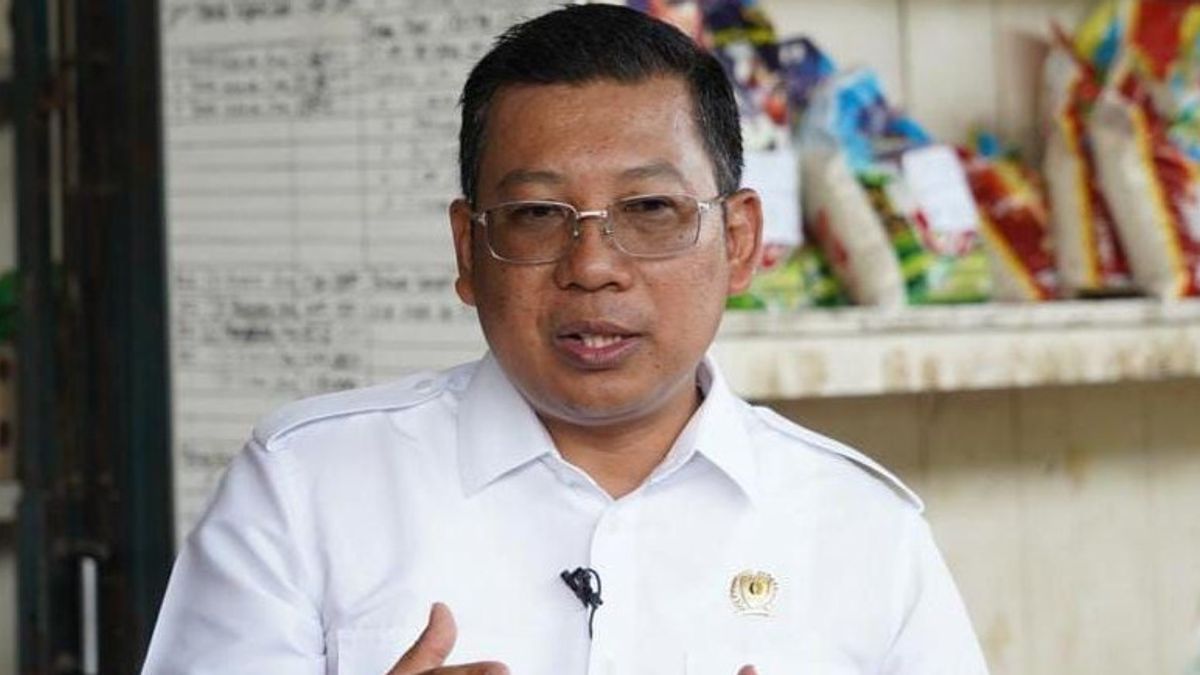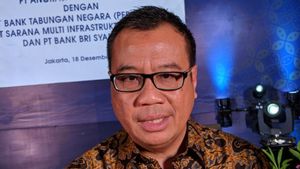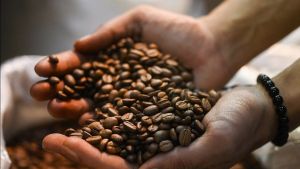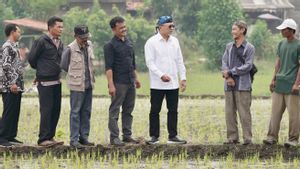JAKARTA - Head of the National Food Agency (NFA) Arief Prasetyo Adi conveyed that food assistance in the form of rice was in the process of packaging before being disbursed to 21.353 million low-income people.
"We will immediately disburse this food aid for the next three months with a target target of 21.353 million beneficiary families according to the database from the Ministry of Social Affairs. Perum Bulog has received an assignment from the government to distribute them to all beneficiaries," said Arief in a written statement, quoted from Antara, Monday 27 March.
Arief emphasized that the distribution of food aid was a follow-up to President Joko Widodo's direction in order to maintain food stability and suppress the surge in inflation.
The amount of food assistance in the form of 10 kg of rice per beneficiary was carried out for three months from March to May 2023.
"For the distribution, the mechanism will be Bulog which will be assigned to distribute until the last distribution point, by name by address. Meanwhile, Bulog will certainly cooperate with other parties to smooth the distribution," he explained.
Arief admits that fluctuations in rice prices currently do put pressure on consumers, especially low-income people. Therefore, the food aid is a cushion so that people get affordable rice with good quality.
As for meeting the needs of 21.353 million beneficiaries with a calculation of 10 kg per recipient for three months, it takes around 630 thousand tons of rice. Arief emphasized that the distribution of rice for food assistance came from the Government Rice Reserve (CBP) managed by Bulog.
For this reason, his party encourages Bulog to absorb the products of domestic farmers as much as possible at the time of the main harvest as directed by President Joko Widodo. As the government has assigned Bulog, through NFA, to absorb 2.4 million tons throughout 2023.
Meanwhile, the chicken and egg commodity will also be disbursed, but with a more specific target group of 1.46 million community groups with a risk of stunting based on data from the National Population and Family Planning Agency (BKKBN). The distribution is sought before Lebaran and will be managed by the ID FOOD Food SOEs
"As a result of the production of wholesale chicken breeders and laying, we help absorb them and we give them to families with risk of stunting. So upstream we absorb them, downstream we give them to people who are in more detail, namely families who risk stunting based on data from the BKKBN," explained Arief.
With this, he added, his party is optimistic that an integrated food ecosystem can be built where upstream-downstream synergies can be maintained. On the upstream side, the production of farmers and fishermen can be absorbed through the role of Food SOEs as offtakers, while downstream various government programs such as stunting alleviation and depletion of food-prone areas can be executed properly.
The English, Chinese, Japanese, Arabic, and French versions are automatically generated by the AI. So there may still be inaccuracies in translating, please always see Indonesian as our main language. (system supported by DigitalSiber.id)













